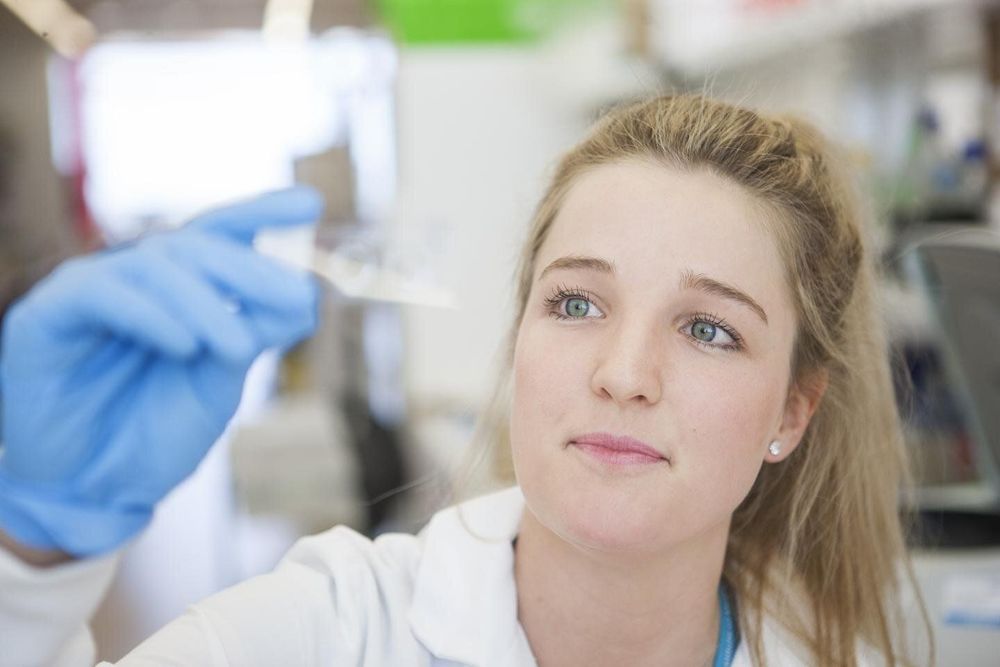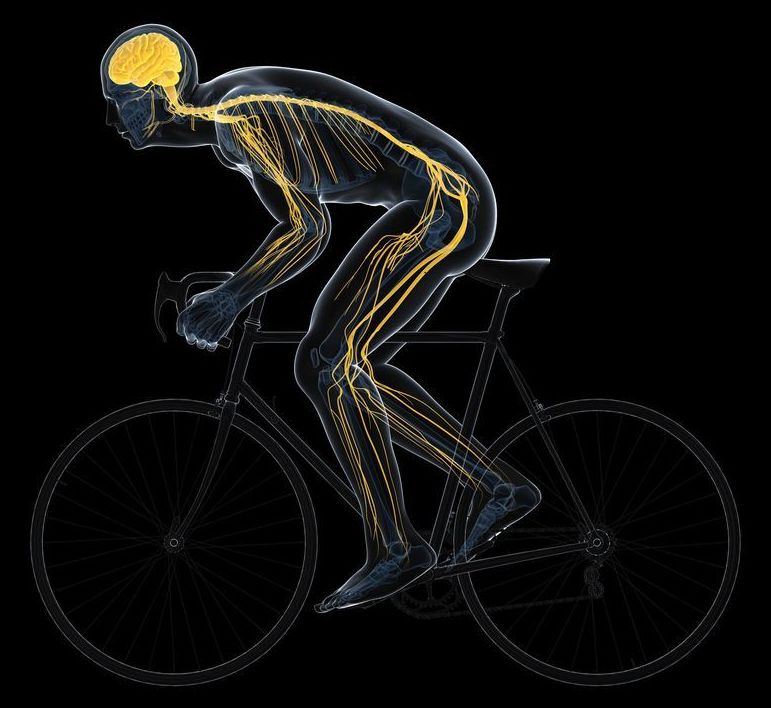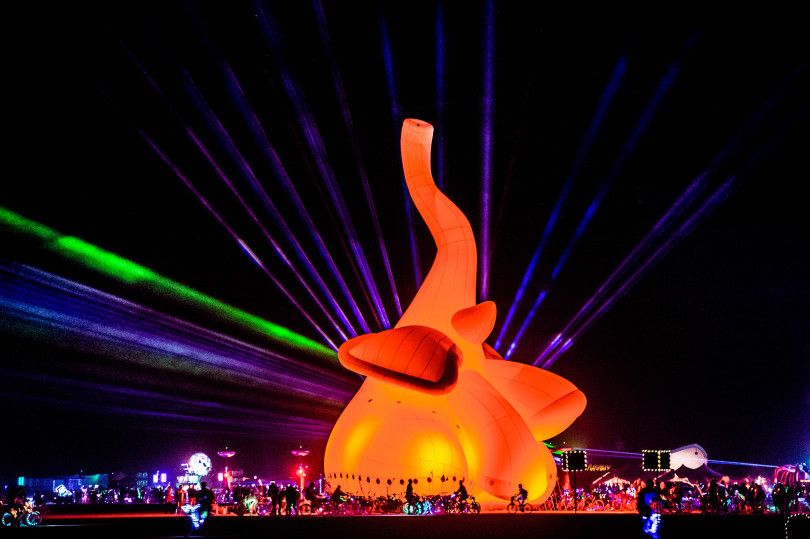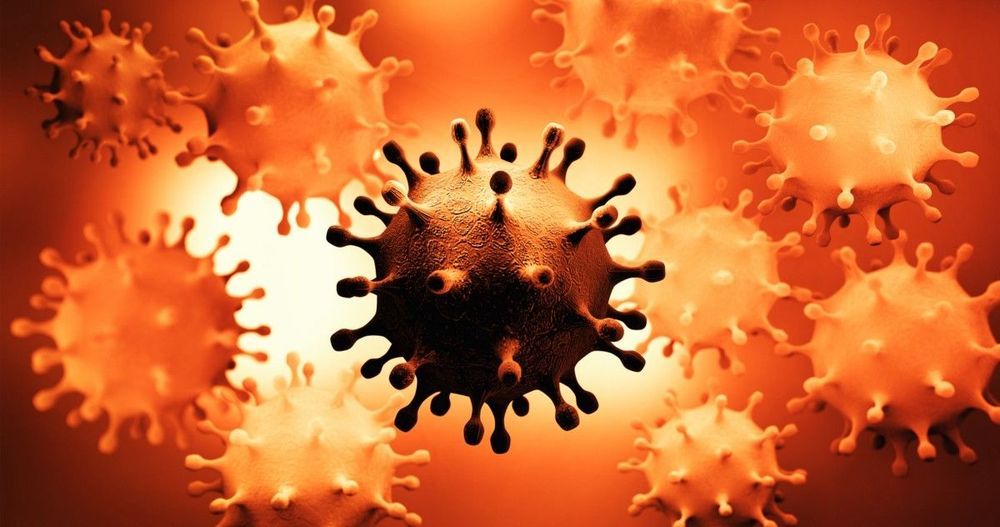Ira Pastor, ideaXme life sciences ambassador interviews Professor Dr. Hiroshi Ishiguro, the Director of the Intelligent Robotics Laboratory, of the Department of Systems Innovation, in the Graduate School of Engineering Science, at Osaka University, Japan.
Professor Ishiguro is also the Director of the Advanced Telecommunications Research Institute International (ATR), a private company supported by industry, government and academia, with the aim of promoting fundamental and innovative R&D activities, as well as contributing to society in a wide range of telecommunication fields, and is active in such fields as neuro- / knowledge science, intelligent robotics, machine language translation, and wireless communication.
He is also Chief Technology Advisor Vstone Co. Ltd., a commercialization / technology transfer organization set up to promote his inventions.
Professor Ishiguro’s lab works at the intersection of computer vision, robotics and artificial intelligence, concentrating on the idea of making a robot that is as similar as possible to a live human being, and believes it may be possible to build an android in the near future that is indistinguishable from a human, at least during a brief encounter.
Professor Ishiguro received his Ph.D. in Robotics and Computer Sciences from Osaka University, and has attended Yamanashi University, Kyoto University, University of California, and Wakayama University, where he has worked in a range of areas from distributed sensor systems and interactive robotics.
On this ideaXme episode we will hear from Professor Ishiguro about:






